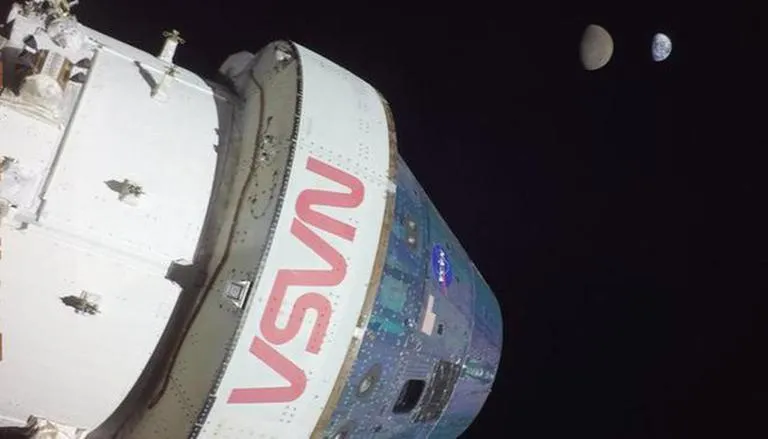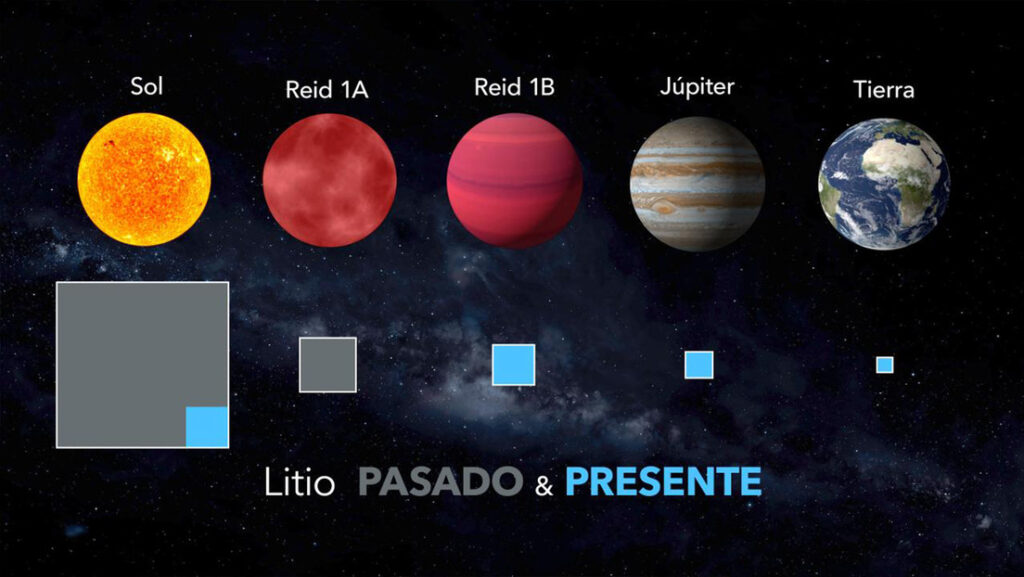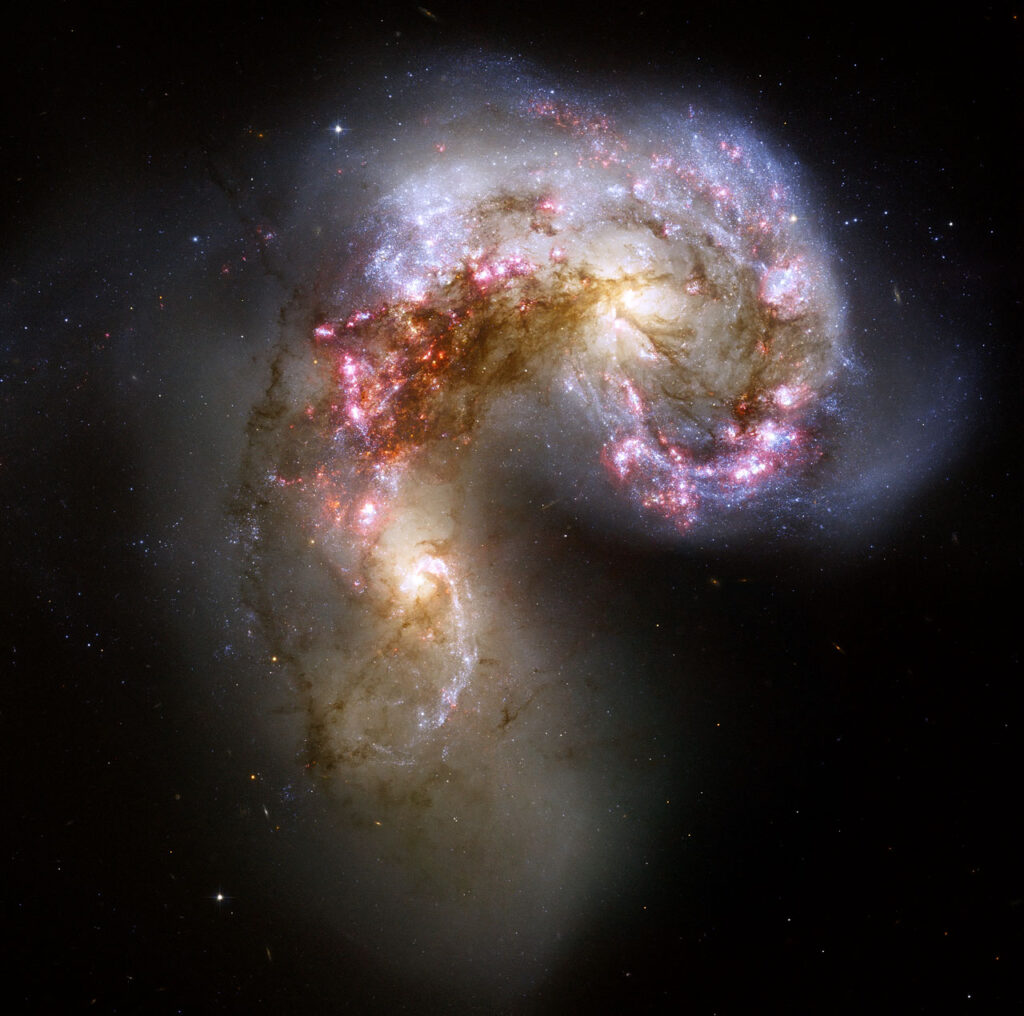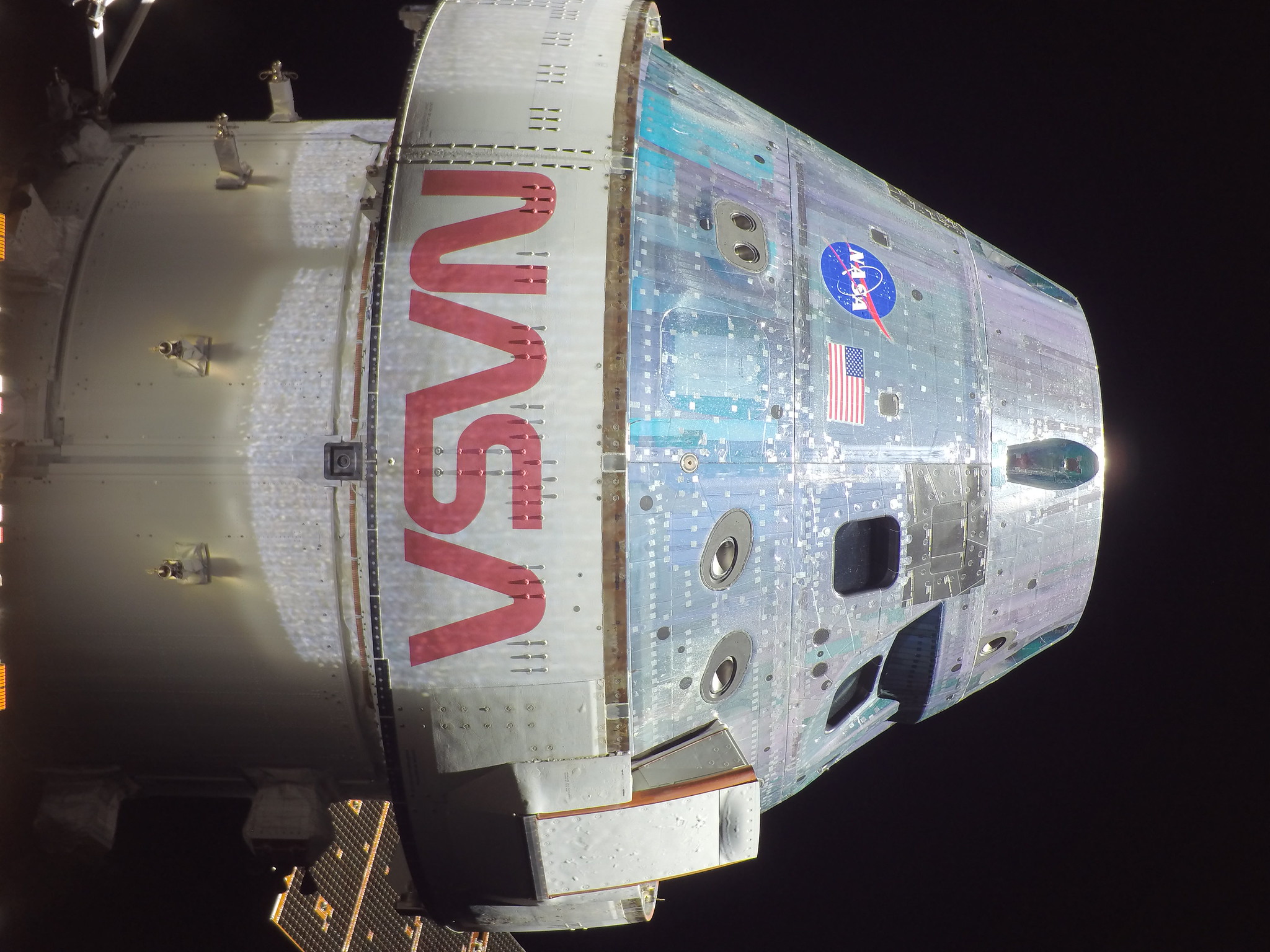NASA has added seven more objectives to the Artemis 1 mission as the Orion spacecraft continues to exceed expectations in terms of performance in deep space

NASA has added seven more objectives to the Artemis 1 mission as the Orion spacecraft continues to exceed expectations in terms of performance in deep space. The spacecraft is on the 15th day of its mission after it launched atop the Space Launch System (SLS) rocket on November 16 from the Kennedy Space Center in Florida.
“We’re adding new objectives to #Artemis I because @NASA_Orion is performing so well. We’re orienting the spacecraft up by 20 degrees to understand Orion’s thermal performance when we’re not in a perfect tail-to-sun attitude and collect more data for Artemis II,” Jim Free, NASA’s Associate Administrator for Exploration Systems Development tweeted.
During a press conference on November 29, Mike Sarafin, Artemis 1 mission manager, said that seven objectives have been added to the 134 baseline objectives of the mission and over 31 of them are complete. These objectives include testing the navigation systems, heatshield and Orion’s overall functioning in deep space and fixing anything if needed before astronauts board it during Artemis 2 targeted no earlier than 2024.
The uncrewed Orion was launched as part of the Artemis 1 mission with the aim to test the spacecraft for its use during crewed missions.
NASA carries out deep space testing of Orion
On the 12th day of Artemis 1, NASA engineers continued with the jet firing development flight test objective which involved demonstrating the thrusters of the spacecraft. “As part of planned testing throughout the mission, the guidance, navigation, and control officer, also known as GNC, performed the sixth of eight planned tests of the star trackers that support Orion’s navigation system,” NASA said in an update.
The star trackers, the agency explains, are navigation tools that measure the positions of stars to help the spacecraft determine its orientation. As Free said, Orion has also been oriented into a tail-to-sun attitude to understand the range of Orion’s thermal performance. The data gathered from this would be incorporated into Artemis 2, when four astronauts in Orion will travel around the Moon and fly several thousand km above the lunar surface and head back to Earth.
Recent Posts
- Astronomers detect first direct image of black hole expelling a powerful jet
- WhatsApp rolling out ‘reply with message’ feature within call notifications
- Multi-Device Pairing May Be Arriving for Apple Watch this Year
- Artificial Intelligence Discovers Hidden Giant, a Planet 5 Times Larger Than Jupiter
- Google CEO Sundar Pichai Talks Bard & The Future Of Search
Recent Comments

Astronomers detect first direct image of black hole expelling a powerful jet

Artificial Intelligence Discovers Hidden Giant, a Planet 5 Times Larger Than Jupiter

Scientists explain melting of Antarctic ice sheet dating back 9,000 years

An Unexpected Discovery: Hubble, ESA's Gaia Spot Double Quasar That Existed Over 10 Billion Years Ago

Astronomers detect first direct image of black hole expelling a powerful jet

WhatsApp rolling out ‘reply with message’ feature within call notifications

Multi-Device Pairing May Be Arriving for Apple Watch this Year


